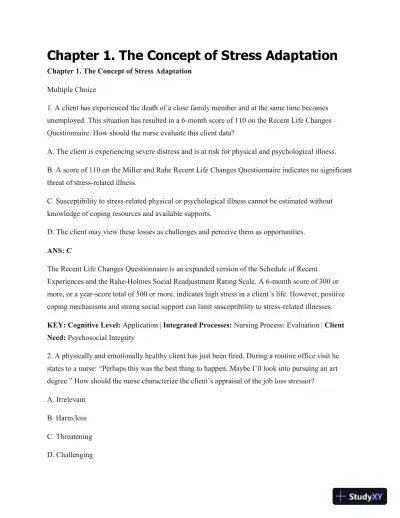Page 1

Loading page ...
Get ahead in your studies with Test Bank For Psychiatric Mental Health Nursing: Concepts Of Care In Evidence-Based Practice, 8th Edition, featuring exam-focused questions and solutions.

Loading page ...
This document has 428 pages. Sign in to access the full document!